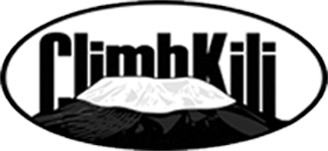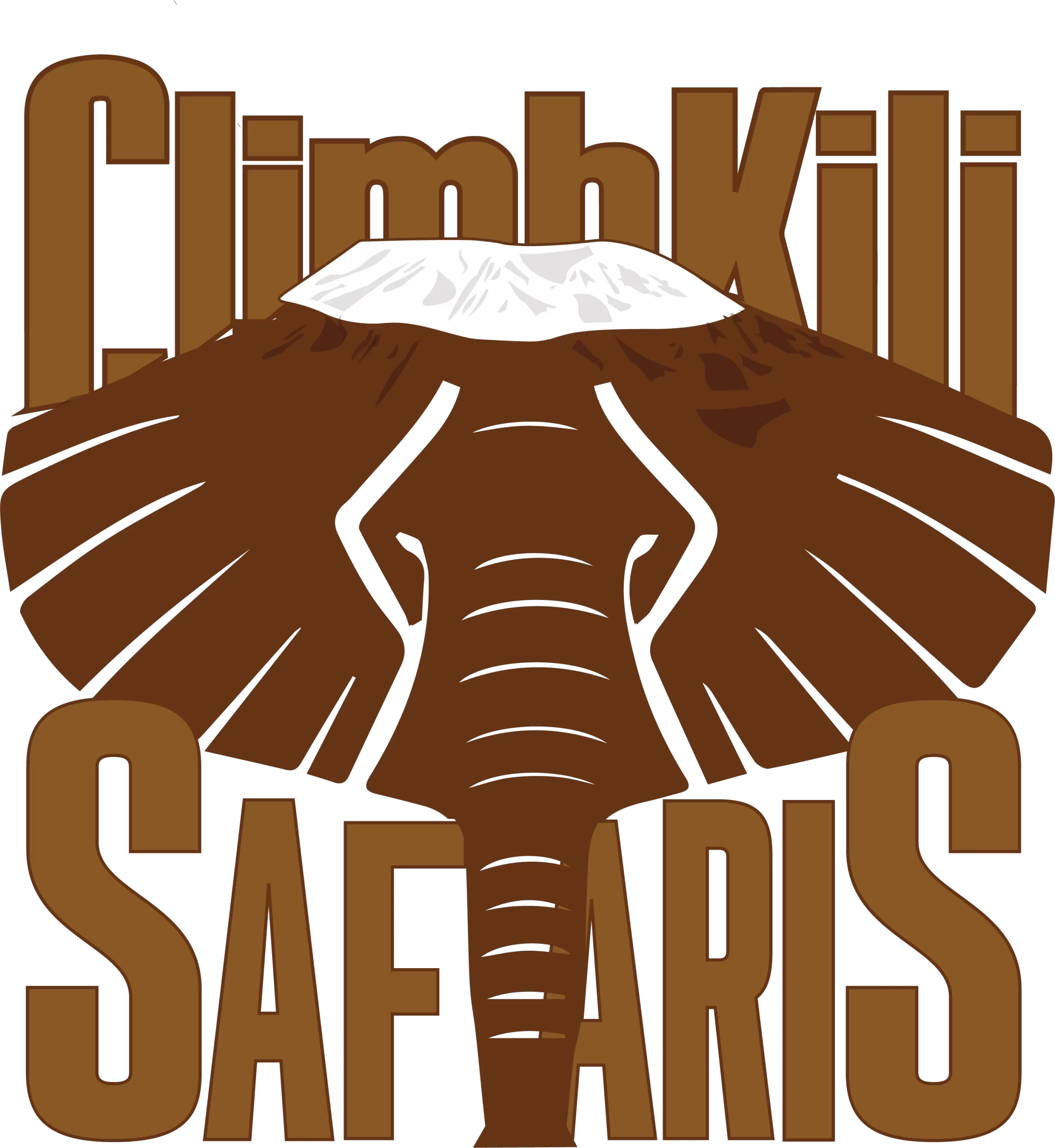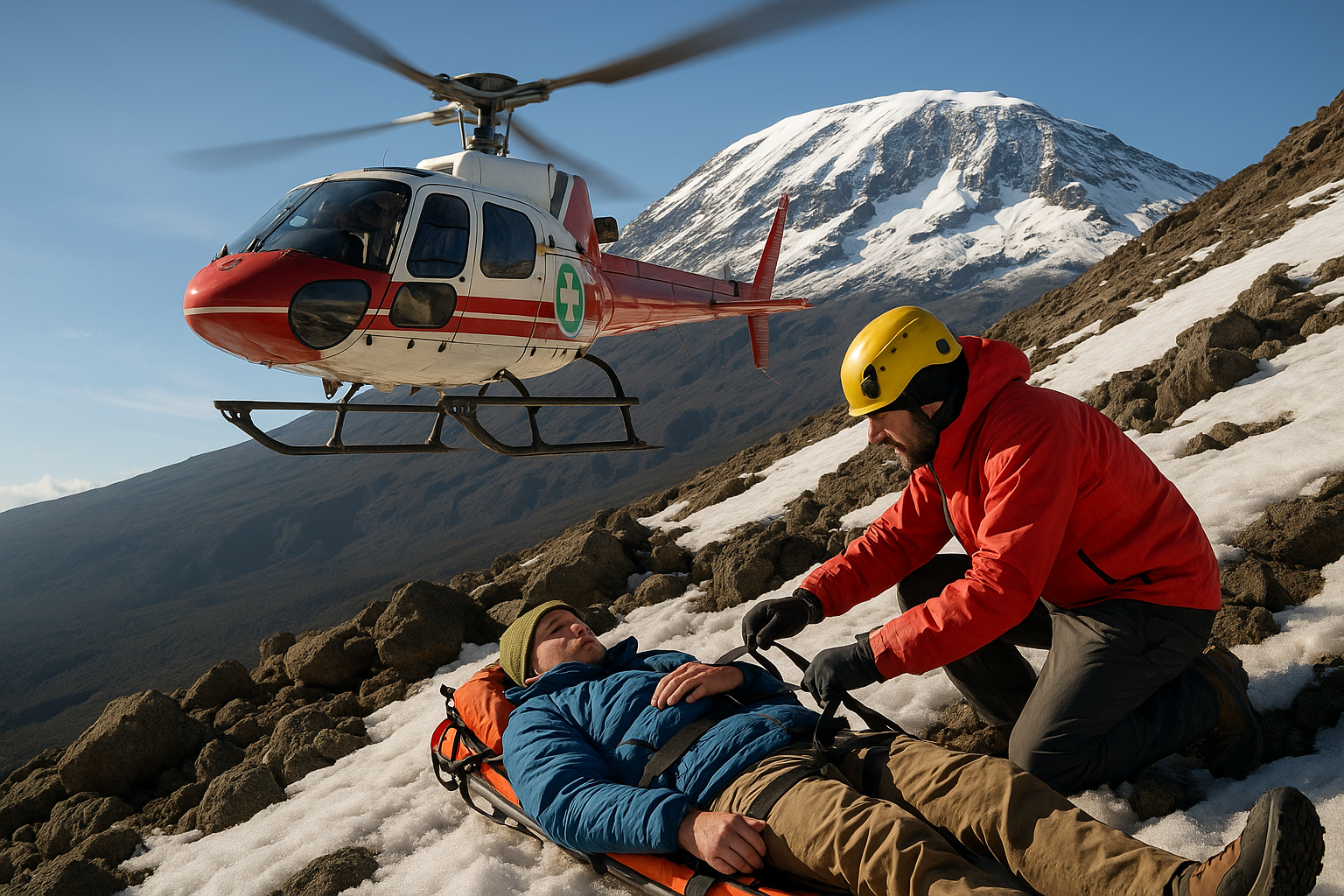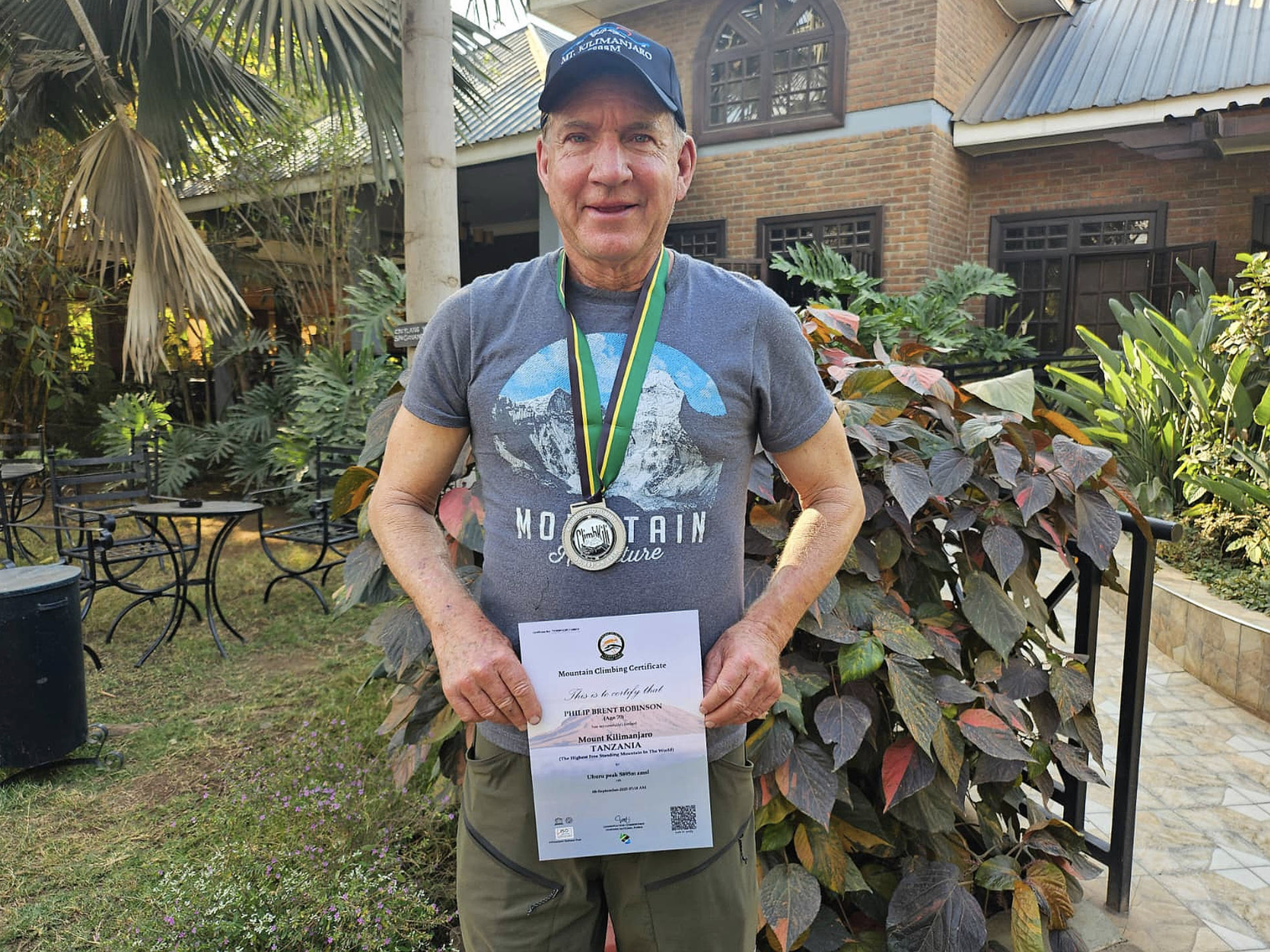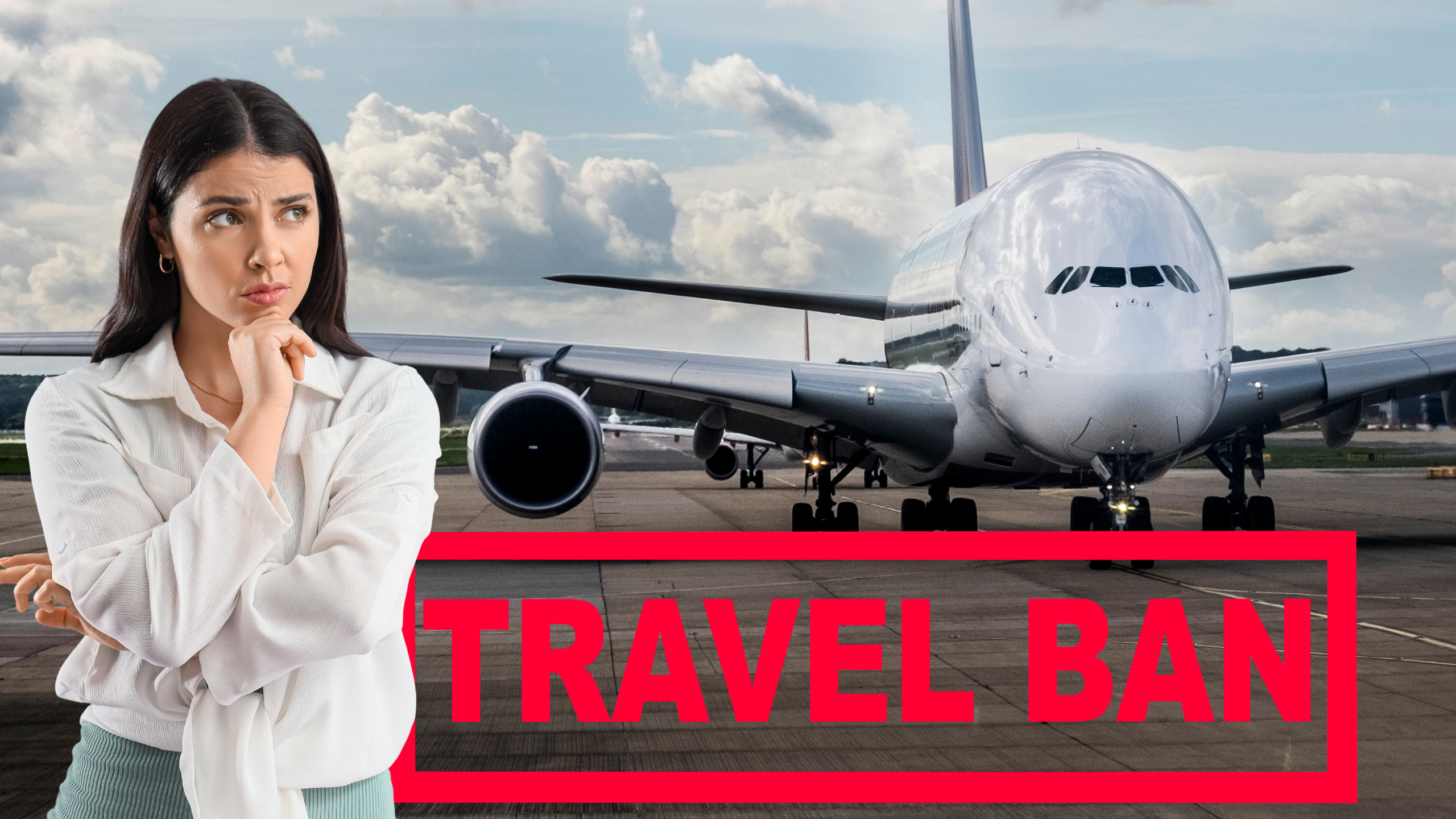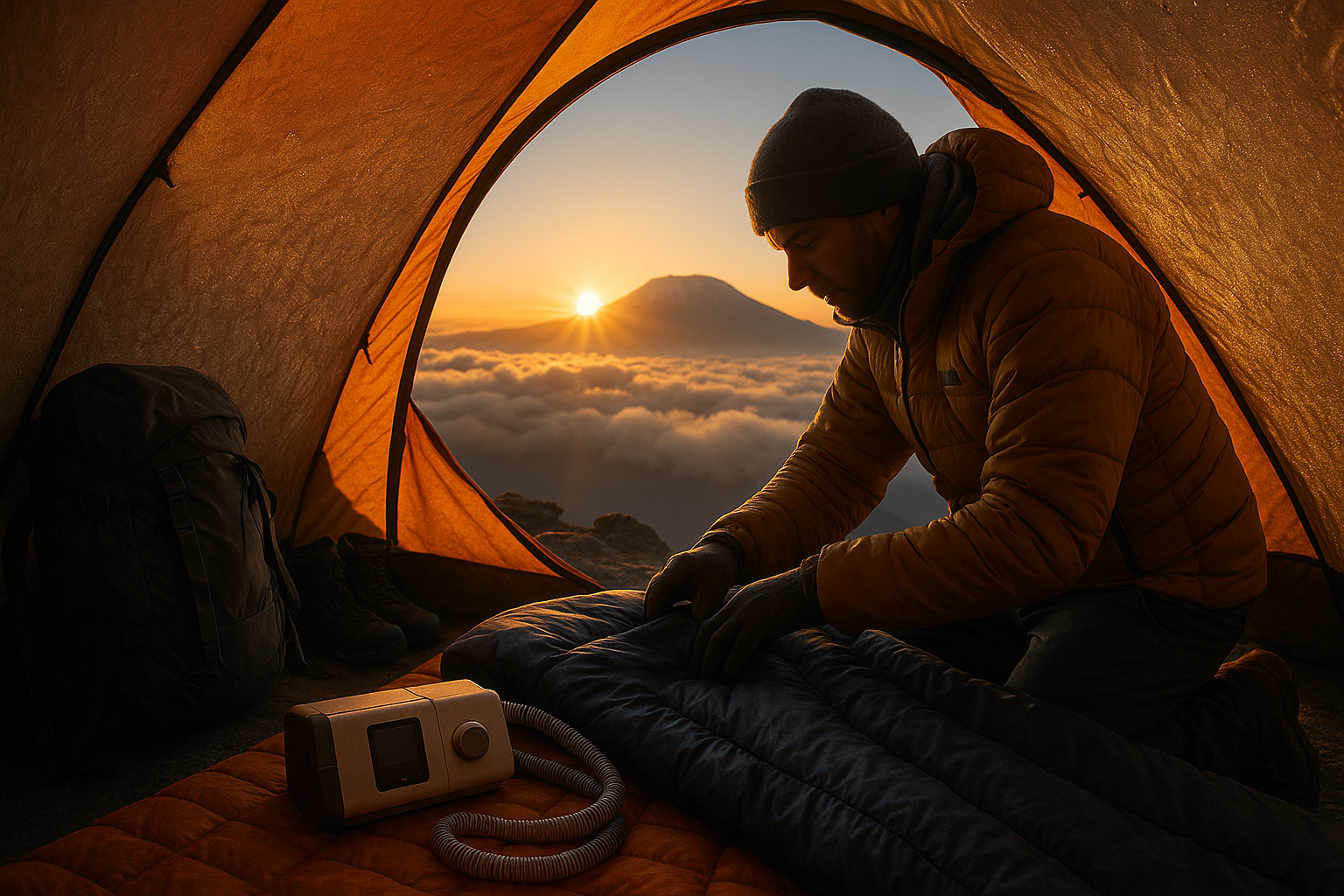Climbing Mount Kilimanjaro is a bucket-list adventure, but high-altitude trekking comes with risks.
While emergencies are rare, knowing how helicopter rescue works gives climbers peace of mind. Here’s what every trekker should understand about when it’s used, how it works, and the insurance required.
When Is Helicopter Rescue Needed?
Helicopter evacuations are reserved for serious or life-threatening situations, such as:
- Severe altitude sickness (HAPE or HACE)
- Serious injury like fractures or severe sprains
- Medical emergencies (heart issues, extreme dehydration, or fainting)
⚠ Note: Minor altitude symptoms or small injuries do not require helicopter rescue. Most climbers can descend safely with guide support.
How Helicopter Rescue Works on Kilimanjaro
- Guide Assessment
- Your Climb Kili TNPA-certified guide evaluates your condition.
- If a helicopter is needed, they contact the emergency network via satellite phone or mobile.
- Pick-Up Locations
- Helicopters cannot land anywhere; they use designated helipads or flat areas near:
- Barranco Camp
- Barafu Camp
- Horombo Hut (Marangu Route)
- Helicopters cannot land anywhere; they use designated helipads or flat areas near:
- Evacuation to Hospital
- Climbers are flown to Kilimanjaro International Airport (JRO) or Kilimanjaro Christian Medical Centre (KCMC) in Moshi.
Insurance and Helicopter Rescue
Helicopter rescues are not automatically free.
- Proper travel insurance is essential and must cover:
- High-altitude trekking
- Helicopter evacuation in Tanzania
- Some policies require upfront payment for the helicopter before reimbursement.
- Always check with your provider about:
- Upfront cost vs. direct billing
- Maximum coverage limits
- 24/7 emergency contact procedures
What Our Hikers Commonly Use
While Climb Kili does not officially recommend providers, many of our climbers use:
Always verify your policy covers helicopter rescue before you fly to Tanzania.
Before You Climb: Helicopter Rescue Checklist
✅ Confirm your insurance includes helicopter evacuation
✅ Check if upfront payment is required
✅ Carry your policy number and emergency contact
✅ Learn the pick-up points for rescue
✅ Choose a longer route for better acclimatization
A Real-World Example
During one of our climbs, a trekker developed severe altitude symptoms at Barafu Camp.
- Our guides quickly assessed the situation, initiated a helicopter evacuation, and coordinated with the medical team.
- The climber was transported to KCMC in Moshi and made a full recovery.
Having proper insurance and experienced guides made all the difference.
How Climb Kili Keeps You Safe
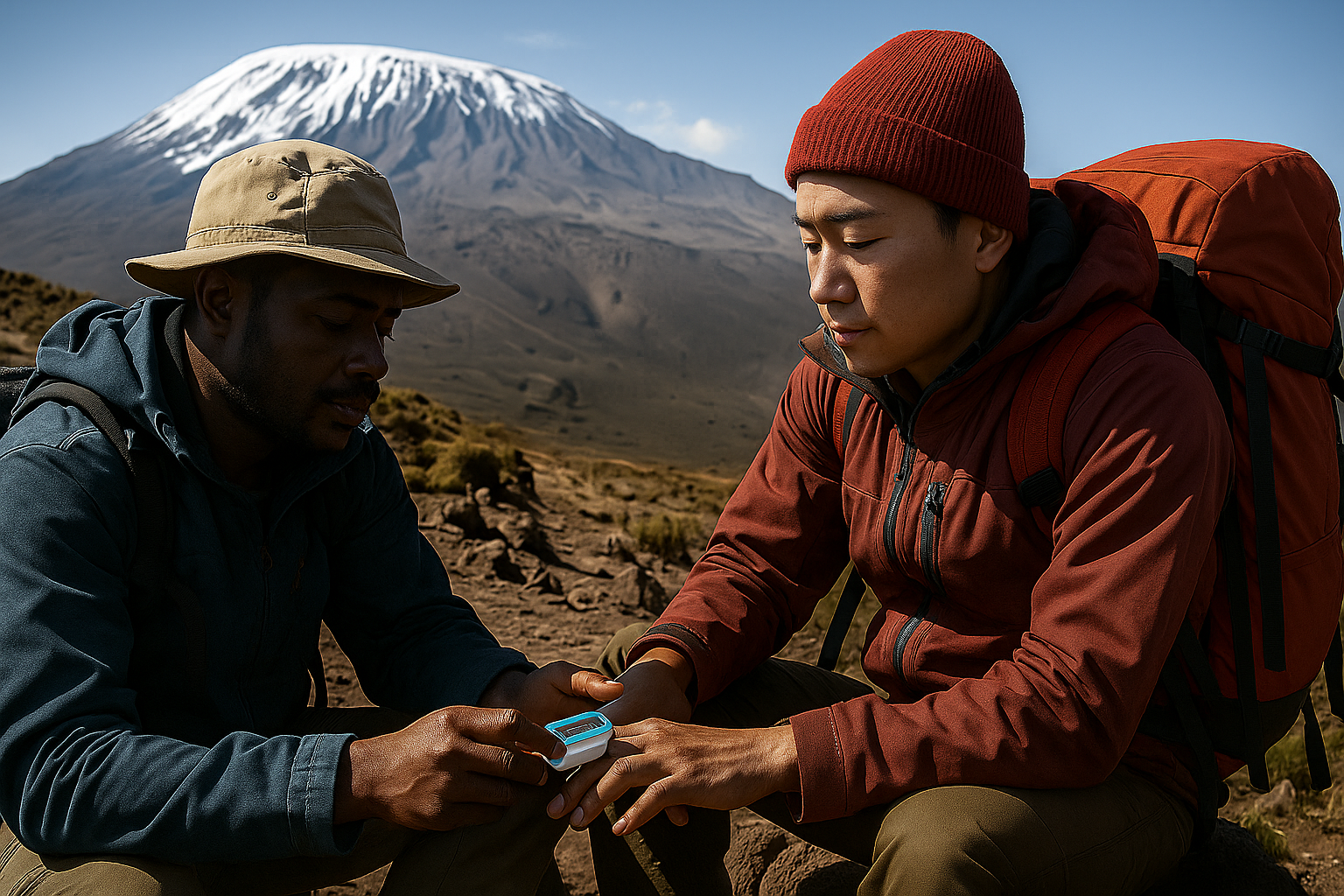
Safety is our highest priority on every trek:
- Small group sizes (max 6 climbers) for close monitoring
- Twice-daily health checks with pulse oximeters
- Emergency oxygen and first-aid kits
- TNPA-certified guides trained in high-altitude response
- Direct contact with helicopter operators for fast coordination
- Immediate descent protocols if symptoms worsen
Key Takeaways About Helicopter Rescue on Kilimanjaro
- Helicopter rescue is for serious emergencies only
- Helipads are limited to certain camps
- Insurance with evacuation coverage is essential—confirm if upfront payment is required
- Global Rescue, Ripcord, and IMG are commonly used by our hikers
- Climb Kili’s expert guides and safety protocols ensure quick and professional response
With the right preparation and coverage, you can climb Kilimanjaro with confidence knowing a rescue plan is in place.
Climb Kilimanjaro with Confidence
With the right preparation, insurance, and a trusted team, your Kilimanjaro climb can be safe, memorable, and worry-free.
